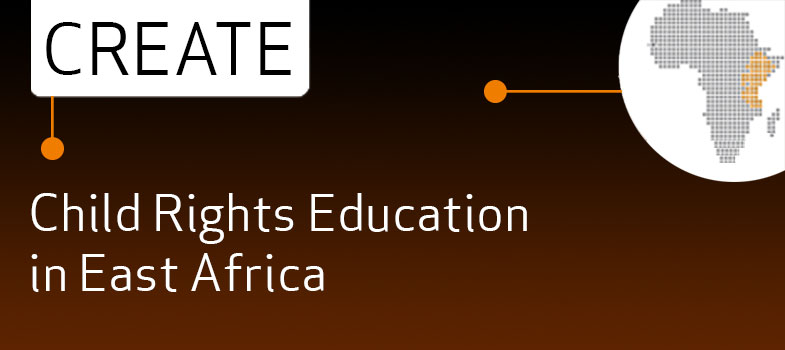3.7 Responding to violence
Recognising violence
Cultural norms around abuse vary significantly between countries and regions, but as with all issues relating to child rights it is the right of the child (in this case to protection from violence) that should be considered first and foremost. For example the line between physical abuse and corporal punishment or discipline is often considered hard to define, however, the UN Committee on the Rights of the Child has stated that the right to protection from violence covers the issue of corporal punishment for children and therefore all corporal punishment is unacceptable.
Professionals who support the cultural norms that sanction physical punishment, or indeed any other form of culturally sanctioned abuse such as harmful child labour or early marriage, are effectively approving or condoning child abuse. Protecting children from violence is not only an issue of rights, but research shows that it has the potential to reduce all forms of violence in society. This makes sense when we reflect on the previous section and what it tells us about the long-term effects of all forms of abuse including the impact on the behaviour of adult survivors of childhood violence.
Health workers and teachers are the two professional groups of adults that most children are likely to encounter regularly. This makes you the front line of defence beyond the adults within the child’s family. A parent or carer may have experienced violence or abuse in their own childhood and may not know about their own rights or the rights of their children. They may know that violence or abuse is happening to their child, but assume that this is a normal part of growing up. Even if they believe that the violence or abuse is wrong, they may not know how to protect their child. Sometimes they will be the actual perpetrators of abuse. Children themselves may not have the information they need to know how to protect themselves or how to report or challenge abuse. So it is vital that you as a health worker recognise your responsibility and duty to act in order that the appropriate agencies can investigate and take any necessary action to protect a child.
As part of this process it is helpful if you are alert to the possible signs of abuse. Sometimes it may be obvious, but often children will be reluctant to say anything and it is up to practitioners like health workers to notice the signs. Every case of abuse is individual and unique and there is no definitive list of signs or indicators. However, there are many generally recognised indicators that should alert you to the possibility of violence and abuse. There is a list of these as a resource for you to consult at the end of the session.
Look back at the examples of violence that you studied in Activity 3.1. You can look at each of these and use the resource list combined with your own experience to think about the likely signs of each type of abuse. In the table below there are three of these examples: one of physical abuse, one of sexual abuse and one of emotional abuse with some of the potential signs of violence alongside.
| Violence / Abuse | Examples of possible indicators |
|---|---|
| A father beating his son as punishment for having urinated in his sleep |
|
| A man having sex with the 13-year-old school-friend of his daughter, with the girl’s apparent consent |
|
| A teacher regularly degrading a boy in front of his classmates by calling him stupid and using derogatory names |
|
3.6 Effects of violence
